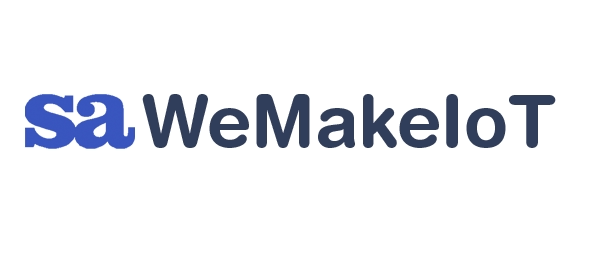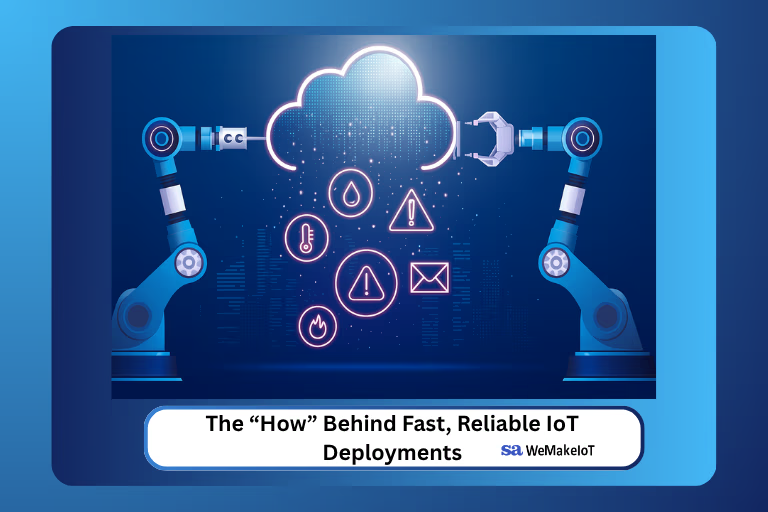The “How” Behind Fast, Reliable IoT Deployments
In Part 1, we explored why many IoT projects stall before they even get started. Now, let’s turn our attention to the solution: how to move from connected devices to cloud-based insights quickly and reliably.This isn’t about cutting corners or hacking things together. It’s about making smart decisions early, using proven tools, and following clear steps that accelerate deployment without sacrificing reliability or scalability.
Steps:
1. Start with the Right Hardware
Choosing the right hardware isn’t just about specs, it’s about aligning with your application’s needs and lifecycle. For example:
- ESP32 or STM32 are ideal for low-power or battery-based use cases
- Raspberry Pi offers processing power for edge analytics
- Particle or Arduino can speed up prototyping and testing
Equally important is what comes next: firmware development, communication protocol support (e.g., MQTT, HTTP), OTA capabilities, and power management strategies. Getting this right up front can eliminate weeks or months of rework.
2. Build a Secure, Scalable Data Flow
Once data leaves the device, it needs a safe and efficient journey to the cloud. Whether you’re using AWS, Azure, Google Cloud, or an on-premise setup, the building blocks remain the same:
- Secure protocols: MQTT, HTTP, and WebSockets are common choices
- End-to-end encryption: Data should be protected in transit and at rest
- Authentication: Each device should have a unique ID and credentials
Security can’t be an afterthought. Establishing a strong foundation here ensures you can scale confidently without data integrity or privacy concerns.
3. Make Data Actionable
Sensor data has limited value if it’s hard to access or understand. Building user-friendly interfaces allows real-time monitoring, configuration, and decision-making.
Applications built with frameworks like Python, Angular, Node.js, .NET Core, and Flutter can help users:
- View live and historical sensor data
- Set custom alerts and rules
- Remotely configure devices and parameters
This ensures that critical data leads to timely, informed action, whether from a desktop dashboard or a mobile app in the field.
4. Prefer Not to Build? Use a Ready Platform
For those who want to go live quickly without building from scratch, ready-to-use platforms can make a huge difference.
With tools like this, it’s possible to:
- Connect devices via MQTT or HTTP
- Visualize data instantly
- Manage thresholds, alerts, users, and device groups all from a single interface
This kind of solution eliminates the overhead of infrastructure setup and lets teams focus on outcomes.
Final Thoughts:
Deploying IoT systems doesn’t have to be slow or complicated. By following a focused, modular approach starting with the right hardware, securing the data path, building actionable interfaces, or adopting a prebuilt platform, you can drastically reduce deployment time.
Contact us to explore how we can help you.




